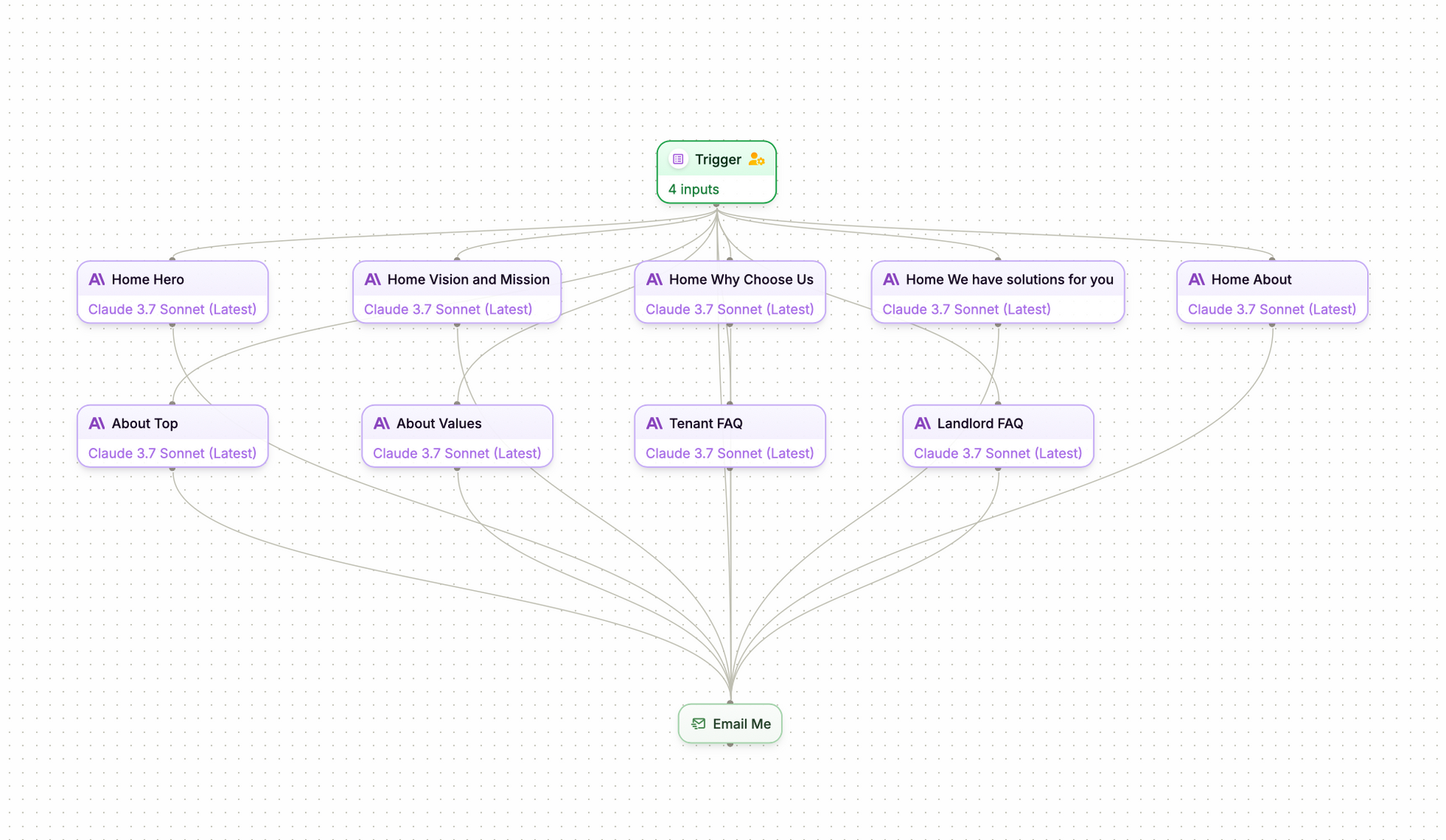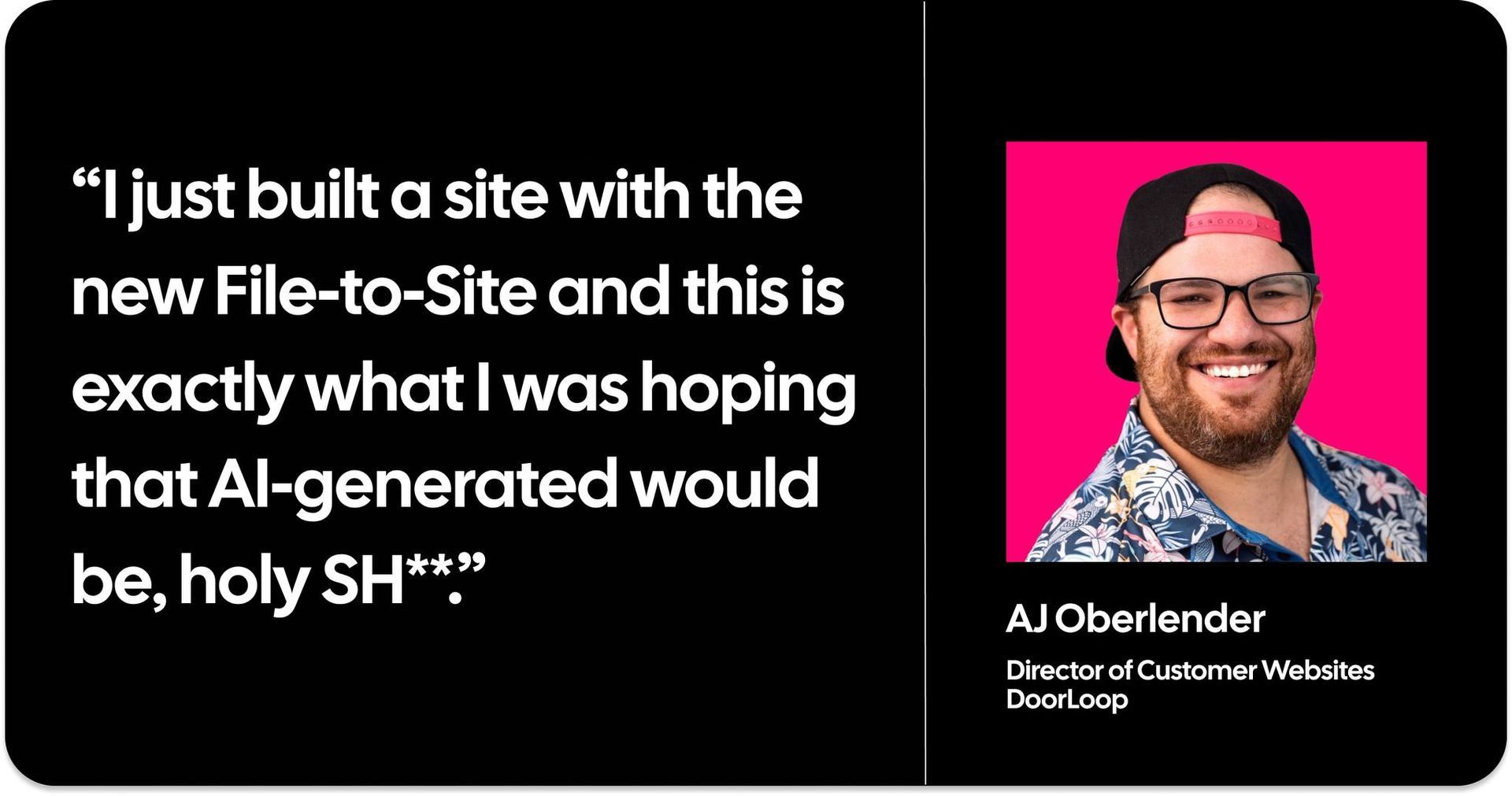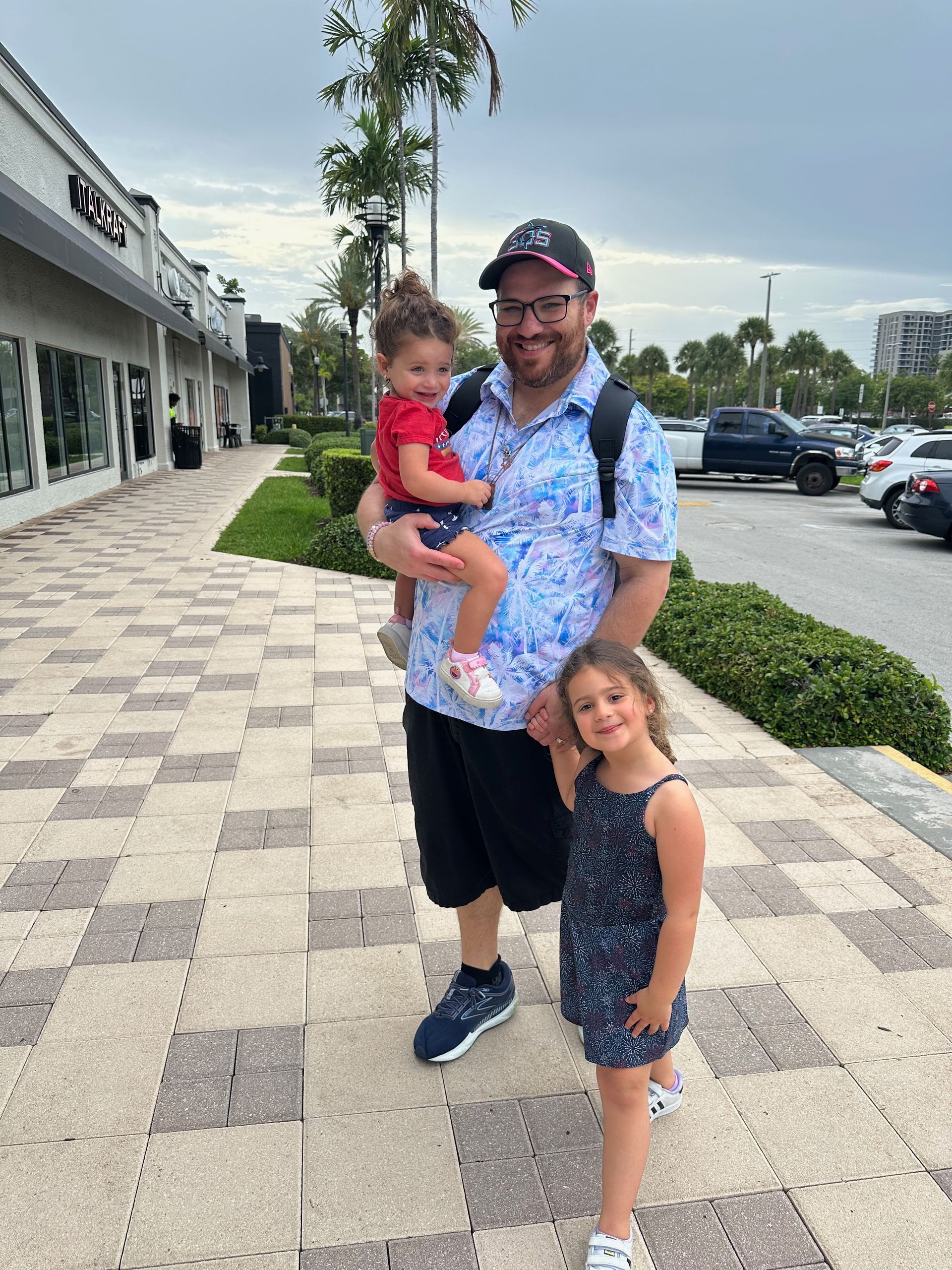
How to Build an Authentic Personal Brand That Stands Out in 2025
Stop Trying to Stand Out (And Start Standing For Something Instead)
You know that feeling when you're scrolling LinkedIn and every other post sounds like it was written by the same "thought leadership" robot?
"Here are 7 secrets successful entrepreneurs know..."
"This mindset shift changed everything..."
"Unpopular opinion: [insert completely popular opinion]"
Here's the thing, I could never bring myself to write like that. Every time I tried to craft one of those generic "thought leader" posts, I'd stare at the screen for five minutes, delete it, and close my laptop. It felt faker than a three-dollar bill.
But that left me in a weird spot. I knew I had valuable insights from my work at DoorLoop and building Zossoz, but I was paralyzed by this question: How do you stand out in a crowded market without sounding like everyone else... when being like everyone else makes you want to crawl out of your own skin?
Welcome to the Authenticity Crisis
Here's the thing nobody wants to admit: the personal branding space has reached peak saturation, and most of us are caught between staying silent or sounding like robots.
The numbers are wild, only 1% of LinkedIn's 1.1 billion users actually post regularly, yet somehow it feels like everyone's saying the same thing. And get this: while 75% of decision-makers say thought leadership gets their attention, only 23% actually become customers. That gap? It's the authenticity chasm, and most of us are either falling into it or avoiding it entirely.
I've been Director of Customer Websites at DoorLoop for a while now, and I've watched countless entrepreneurs make the same mistake I almost made: thinking you have to choose between being authentic and being heard.
The Story-Driven Contrast Method (Or: How to Be Heard Without Losing Your Soul)
After wrestling with this for months, I discovered what I now call the Story-Driven Contrast Method. It's deceptively simple but incredibly powerful.
Instead of choosing between authenticity and visibility, focus on being distinctly YOU in a way that serves your audience.
Here's how it works:
Step 1: Dig Into Your Defining Moments
Forget the highlight reel for a minute. What are the moments that actually shaped how you think? The failures that taught you something nobody talks about? The weird experiences that gave you an unusual perspective?
For me, it was the brutal job search during the pandemic. I got rejected from everything, high-level positions where I was "too qualified," entry-level roles where I wasn't qualified enough, and yeah, even part-time sales at Best Buy. The job market basically told me I existed in some impossible middle ground where I was simultaneously overqualified and underqualified for everything.
Until my friend David (who's also a DoorLoop cofounder) referred me for a support and onboarding role, and my first boss Matt took a chance on someone who probably looked like a career mess on paper. That experience taught me something most people in business don't talk about: sometimes your biggest breakthrough comes not from your credentials, but from someone believing in your potential when nobody else will.
While everyone in my space talks about "optimizing your LinkedIn for recruiters" and "networking your way to the top," I learned that real opportunities often come through genuine relationships and people who see something in you that traditional hiring processes miss.
That story isn't unique because it's dramatic, it's unique because it's mine and it shaped my contrarian view that real business success often comes from the relationships and opportunities that don't fit the traditional playbook.
Step 2: Identify Your Natural Contrasts
Look around your industry. What is everyone else doing that makes you internally cringe? What conventional wisdom makes you want to stand up and say "actually, that's not how it works"?
In the web design world, everyone talks about "conversion optimization" and "growth hacking." But after building websites for hundreds of property management companies, I've learned that the best websites aren't the flashiest ones, they're the ones that make complex businesses feel simple.
That's my contrast. While others focus on tricks and tactics, I focus on clarity and simplicity. Not because I'm trying to be different, but because my experience taught me what actually works.
Step 3: Tell Your Story Through That Lens
This is where the magic happens. Your unique story + your natural contrast = a memorable brand position.
Justin Welsh built a $10M+ business by being radically transparent about burnout in a world of "hustle harder" messaging. His contrast wasn't forced, it came from his real experience of achieving traditional success and realizing it wasn't sustainable.
Jay Clouse built Creator Science by focusing on evidence-based strategies instead of motivational fluff. His contrast emerged from his analytical background and frustration with "just trust the process" advice.
Noah Kagan shares both his Facebook firing and AppSumo success because his contrast is about honest struggle alongside practical tactics, not hiding the messy parts.
The pattern? They're not trying to be contrarian for the sake of it. Their contrasts emerge naturally from their actual experiences.
Your Authentic Contrast Framework 💡
Here's a simple exercise I use with my Zossoz consulting clients:
The Three-Mirror Method:
- The Rearview Mirror : What failure or struggle taught you something your industry ignores?
- The Fun-House Mirror : What conventional wisdom in your space makes you shake your head?
- The Clear Mirror : How do these combine to create your natural point of view?
Example: Let's say you're a financial advisor. Maybe your rearview mirror moment was watching your parents struggle with confusing investment advice. The fun-house mirror is how everyone in finance speaks in jargon and complex strategies. Your clear mirror position might be: "Financial planning should be as simple as explaining it to your teenager."
That's not revolutionary, but it's authentic and it's yours.
The Miami Heat Principle
As a Miami Heat fan (yes, even through the rough seasons), I've learned something about building a winning culture: it's not about having the flashiest players, it's about having players who fit your system.
The Heat Way isn't about being different for the sake of being different. It's about identifying what works for them (grit, conditioning, teamwork) and doubling down on it consistently, even when other teams chase shiny new strategies.
Your personal brand works the same way. Find your authentic contrast, then commit to it completely.
Making It Practical (Because Theory Without Action Is Just Therapy)
Week 1 : Write down 5 moments that genuinely changed how you think about your industry. Don't edit yourself—just dump them out.
Week 2 : Identify 3 things everyone in your space does that you do differently (not better or worse, just differently ).
Week 3 : Write one piece of content that combines a personal story with your contrarian view. Share it and see how people respond.
Week 4 : Double down on what resonates. Your audience will tell you when you've hit authentic gold.
The entrepreneurs breaking through in 2025 aren't the ones with the biggest audiences, they're the ones building the most authentic connections. They understand that in a world of AI-generated content and recycled advice, being genuinely human is the ultimate differentiator.
Here's the Thing About Standing For Something
Building an authentic personal brand isn't about manufacturing uniqueness, it's about having the courage to be consistently yourself, even when that self goes against the grain.
My Jewish identity shapes how I think about community and long-term relationships in business. My experience as a dad influences my approach to sustainable growth over burnout culture. My Miami roots (and yes, my Dolphins fandom despite their ability to break my heart) taught me about loyalty and optimism in the face of repeated disappointment.
These aren't branding decisions, they're just who I am. And when I stopped trying to hide or minimize these parts of myself, my business started growing in ways that felt sustainable and actually fun.
The market doesn't need another generic "marketing expert." But it might need someone who builds websites like they're designing a home for a family, with care, intention, and the understanding that the people using it are real humans with real problems.
That's not unique because I decided to be different. It's unique because it's the natural intersection of my experiences, values, and the lessons I've learned from building hundreds of websites for real businesses.
Your authentic contrast is already there. You just have to stop trying so hard to sound like everyone else and start trusting that your real story, and the perspective it gave you, is exactly what your audience needs to hear.
Want to grab coffee and brainstorm your authentic contrast? I'm always down to help fellow entrepreneurs find their real voice. Hit me up on LinkedIn or shoot me a message at Zossoz. Because honestly? The world has enough thought leadership robots. What it really needs is more humans willing to share their actual thoughts.
And if you're in Miami and want to commiserate about the Dolphins while we're at it, even better. 🐬









